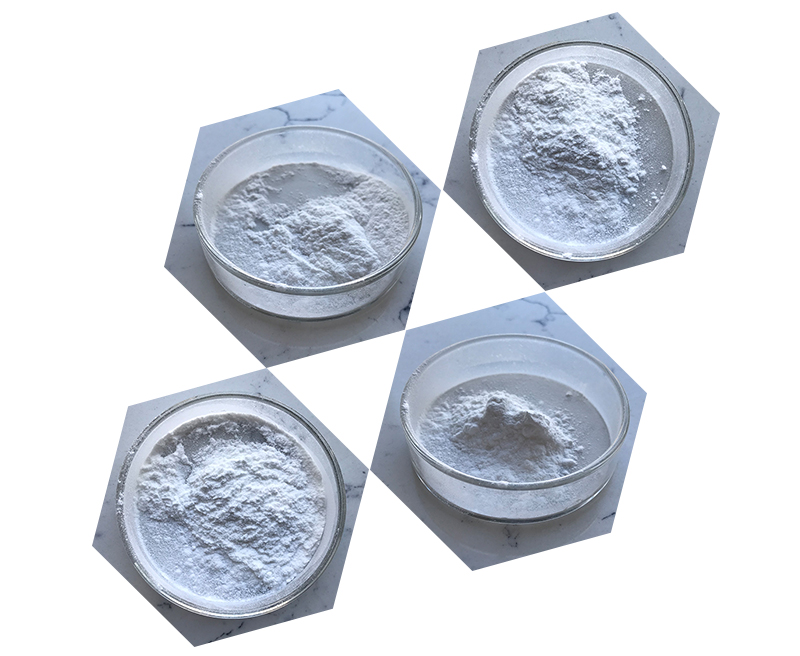The treatment of DMSA (dimercaptosuccinic acid) results typically refers to the interpretation and management of findings from a DMSA scan, which is a medical imaging technique used to assess the function and structure of the kidneys. DMSA scans are often performed to evaluate kidney function, identify renal abnormalities, and diagnose conditions such as urinary tract infections, kidney scarring (renal scarring), and other kidney-related disorders.
Here’s how the treatment of DMSA results generally works:
Interpretation of DMSA Results: The DMSA scan involves injecting a small amount of radioactive material into the bloodstream, which is then absorbed by the kidneys. The material emits gamma rays that can be detected by a special camera. The resulting images provide information about the distribution and function of the kidneys.
The interpretation of DMSA scan results is typically done by a radiologist or a nuclear medicine specialist. The images help identify any abnormalities in kidney size, shape, position, and function. The presence of scars or areas of reduced function (indicative of past kidney infections or injuries) can also be identified through the scan.
Medical Decision-Making: Once the results are interpreted, the medical team will determine the appropriate course of action based on the findings. The treatment plan will depend on the specific condition identified in the DMSA scan.
- Urinary Tract Infection: If the scan indicates an ongoing or recent urinary tract infection, appropriate antibiotics will be prescribed to treat the infection.
- Renal Scarring or Kidney Damage: If kidney scarring or damage is identified, the treatment approach will depend on the severity of the scarring and the underlying cause. This may involve managing any underlying conditions, monitoring kidney function, and taking steps to prevent further damage.
- Other Abnormalities: If other kidney-related abnormalities are detected, the treatment plan will be tailored to address the specific condition identified. This might involve further testing, medical interventions, or lifestyle changes.
- Follow-Up and Monitoring: Depending on the severity of the condition, follow-up DMSA scans might be recommended to monitor progress or changes in kidney function over time. The frequency of follow-up scans will be determined by the medical team.

It’s important to note that DMSA scan results are just one piece of the diagnostic puzzle. They need to be considered in conjunction with the patient’s medical history, symptoms, and other diagnostic tests to form a comprehensive understanding of the individual’s health.
If you have undergone a DMSA scan and received results, it’s essential to discuss the findings with your healthcare provider. They can provide personalized guidance on how to interpret the results and develop an appropriate treatment plan tailored to your specific situation.
Efficacy evaluation of DMSA
DMSA (dimercaptosuccinic acid) is a chelating agent primarily used for the treatment of heavy metal poisoning, particularly lead poisoning in children. It’s also sometimes used to treat mercury and arsenic poisoning. The efficacy of DMSA is typically evaluated through various methods, including clinical trials, laboratory testing, and monitoring of symptoms. Here’s an overview of how the efficacy of DMSA is evaluated:
Clinical Trials: Clinical trials involving human subjects are a common way to evaluate the efficacy of DMSA. These trials typically involve participants who have been exposed to heavy metals, such as lead, and are experiencing symptoms or have elevated levels of these metals in their body. The trials can be randomized and controlled, with some participants receiving DMSA and others receiving a placebo or a different treatment. The outcomes measured may include reduction in blood levels of the toxic metal, improvement in symptoms, and overall safety of the treatment.
Laboratory Testing: Laboratory tests are used to measure the levels of heavy metals in the body before and after treatment with DMSA. Blood, urine, and sometimes hair samples are collected to assess the levels of the toxic metals. Decreases in these levels following DMSA treatment are indicative of its efficacy in removing the heavy metals from the body.
Symptom Improvement: For patients experiencing symptoms of heavy metal poisoning, symptom improvement is an important indicator of DMSA’s efficacy. These symptoms can range from neurological issues to gastrointestinal problems, depending on the metal involved. Monitoring the resolution or reduction of these symptoms over the course of treatment provides valuable information about the effectiveness of DMSA.
Safety and Side Effects: Alongside efficacy, the safety of DMSA is also evaluated. Potential side effects and adverse reactions are monitored in clinical trials and real-world use. Balancing the efficacy of heavy metal removal with the risk of adverse effects is crucial in determining the overall benefit of the treatment.

Follow-Up and Long-Term Monitoring: Some heavy metals, like lead, can accumulate in the body over time. Therefore, the long-term efficacy of DMSA is often assessed through regular follow-up visits and continued monitoring of heavy metal levels in the body. This helps determine whether the treatment successfully prevents reaccumulation of toxic metals.
Comparative Studies: In some cases, the efficacy of DMSA might be compared to other chelating agents or treatments for heavy metal poisoning. These comparative studies help identify which treatment option is most effective in removing the specific heavy metal from the body.
It’s important to note that while DMSA has shown efficacy in treating heavy metal poisoning, its use should be under the guidance and supervision of a qualified healthcare professional. The dosage, duration, and administration of DMSA should be tailored to the individual patient’s needs and condition.
